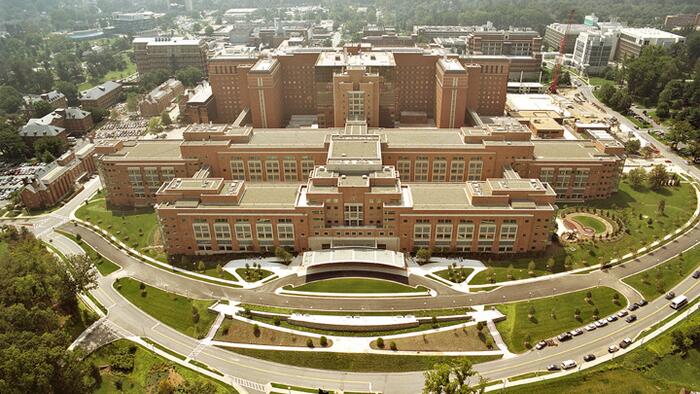In the wake of the COVID-19 pandemic, a pressing need emerged for innovative approaches to public health decision-making, prompting a collaborative symposium led by Dr. Jay Bhattacharya at Stanford University. The aim was to foster a respectful dialogue among diverse public health professionals and challenge the prevailing echo Chamber that dominated pandemic responses. This initiative highlighted the contrasting backgrounds of Dr. Bhattacharya—an esteemed Stanford academic—and moderator Wilk Wilkinson, who represents a working-class perspective. Despite their differences, both are passionate about rebuilding trust in public health institutions after the detrimental experiences during the pandemic.
The symposium served as a catalyst for addressing the erosion of public trust in health institutions, a sentiment shared among Dr. Bhattacharya and various health officials. Wilkinson’s association with the Braver Angels organization, which seeks to bridge partisan divides, allowed him to bring his unique experiences to the conversation. Alongside former NIH Director Dr. Francis Collins, they explored both personal experiences and systemic issues within public health, ultimately focusing on how to mend the relationship between health institutions and the communities they serve. The dialogues uncovered the critical need to actively listen to dissenting voices and incorporate their insights into future public health strategies.
A key takeaway was the need for localized decision-making in public health, emphasizing the failures of a centralized approach during the pandemic. This disconnect was particularly evident when federal mandates disregarded the specific needs of local communities, leading to policies perceived as arbitrary and unresponsive. Schools and businesses suffered under sweeping closures, and community leaders were sidelined in favor of top-down directives. The missing element was a network of local professionals—such as doctors and educators—who understand their communities and could provide tailored responses.
Central to the discussion was the concept of subsidiarity, which underscores the importance of empowering those closest to public health challenges to make decisions. By shifting focus from a bureaucratic system to a model where local leaders act as primary communicators of health guidance, it would not only restore trust but also create more effective public health responses. This principle emphasizes relationships, shared responsibility, and the inherent knowledge within local communities, suggesting that the best solutions often come from those on the ground rather than detached federal entities.
Looking forward, Wilkinson expresses optimism about Dr. Bhattacharya’s leadership at the NIH. With a strong advocacy for localized public health responses, Dr. Bhattacharya’s recent work—most notably the Great Barrington Declaration—demonstrated his commitment to protecting vulnerable populations while minimizing societal disruptions. His approach promises to pivot federal focus towards equipping local health systems with the necessary tools and data instead of imposing rigid mandates from above. Dr. Bhattacharya is thus positioned to enact the principles of subsidiarity on a national scale, potentially transforming the public health landscape.
In conclusion, the potential of Dr. Bhattacharya’s leadership is intertwined with the broader need for rebuilding trust in public health and other democratic institutions. By advocating for a decentralized approach to decision-making, he aligns with a growing recognition that solutions often reside closer to home than anticipated. Wilkinson believes that Dr. Bhattacharya’s vision could serve as a blueprint for restoring faith in public health and other areas suffering from a lack of trust, emphasizing that meaningful change will stem from prioritizing relationships, transparency, and respect for local governance.

